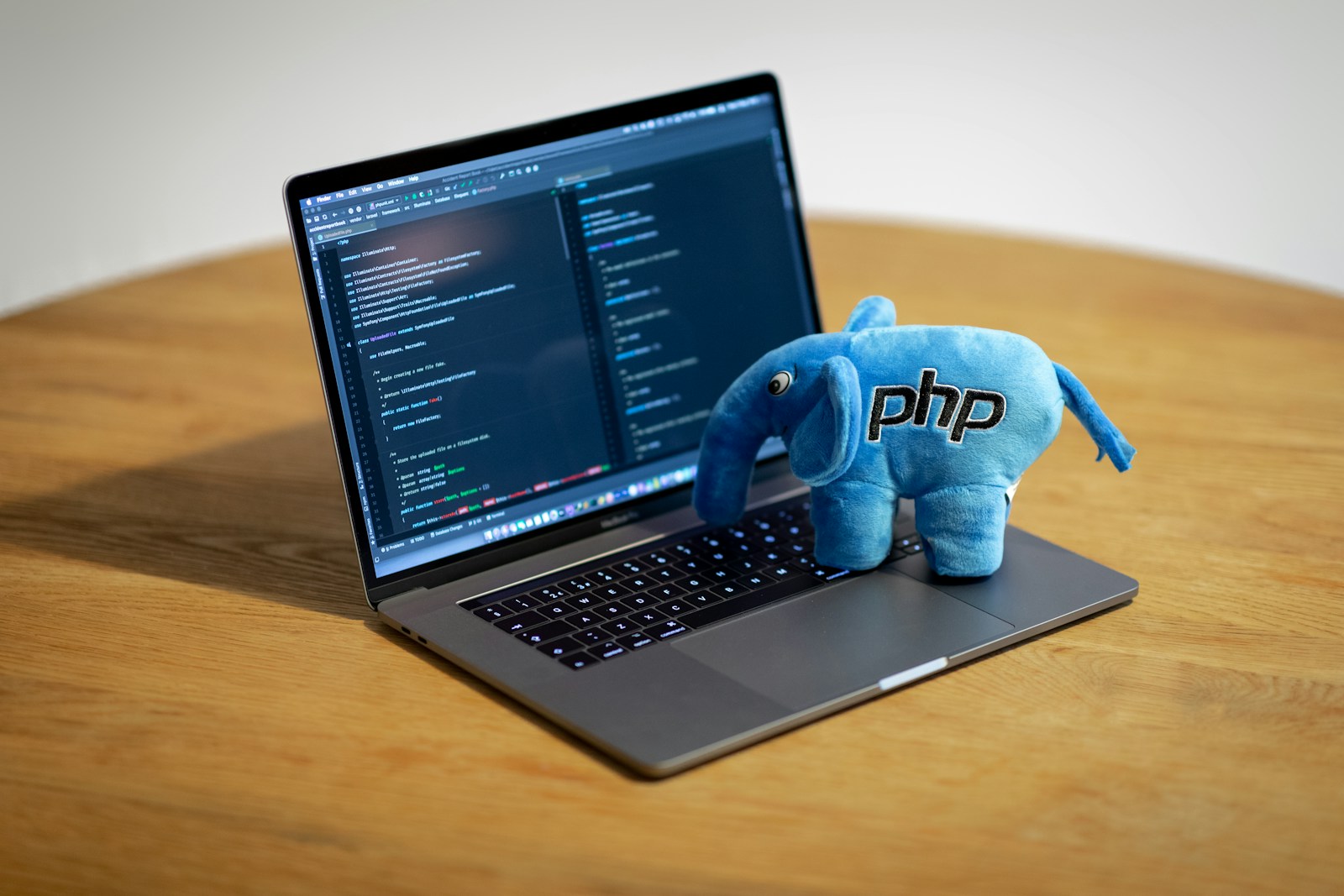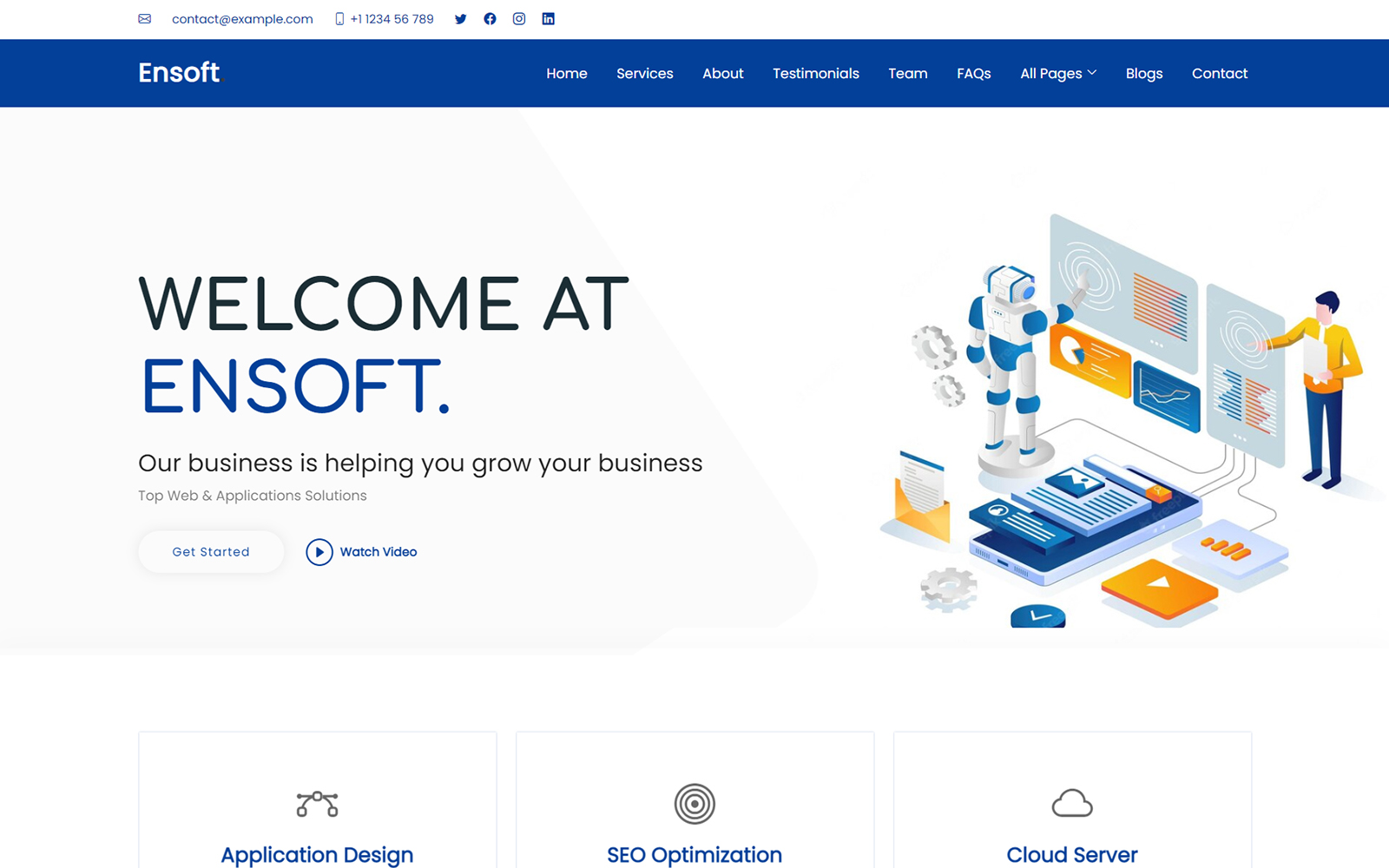Introduction
PHP is a widely-used server-side scripting language designed for web development. Building a PHP application involves setting up your development environment, creating PHP files, managing database interactions, handling forms, and testing and deploying your application. This guide will walk you through creating a basic PHP application, covering everything from setup to execution. The tutorial is designed to be comprehensive and SEO-friendly.
Table of Contents
- Prerequisites
- Setting Up the Development Environment
- Creating a New PHP Project
- Understanding the PHP Project Structure
- Building the Application Components
- Managing Database Interactions
- Handling User Input and Forms
- Fetching Data from the Database
- Styling the Application
- Testing Your PHP Application
- Packaging and Deploying the Application
- Conclusion
Prerequisites
Before you start, make sure you have:
- Basic knowledge of programming concepts and PHP
- PHP installed on your system (>= 7.3 recommended)
- A web server like Apache or Nginx
- A database server like MySQL or SQLite
- A code editor or Integrated Development Environment (IDE) like PhpStorm or VS Code
Setting Up the Development Environment
- Install PHP:
- Download and install PHP from the official PHP website. Ensure that PHP is added to your system’s
PATH.
- Install a Web Server:
- Install Apache or Nginx. For local development, you can use tools like XAMPP or WAMP which bundle PHP and Apache together.
- Install a Database Server:
- Install MySQL or MariaDB. You can also use tools like phpMyAdmin for database management.
Creating a New PHP Project
- Create a Project Directory:
- Create a directory for your project:
bash mkdir my_php_app cd my_php_app
- Create PHP Files:
- Create a
index.phpfile in your project directory:php <?php echo "Hello, World!"; ?>
- Start the Development Server:
- Use PHP’s built-in server for development:
bash php -S localhost:8000 - Access your application in the browser at
http://localhost:8000.
Understanding the PHP Project Structure
A typical PHP project structure might include:
index.php: The main entry point for your application.config/: Configuration files (e.g., database connections).public/: Publicly accessible files (e.g., CSS, JavaScript, images).src/: Core application code (e.g., classes, functions).templates/: HTML templates.views/: View files for output (if using a templating engine).includes/: Reusable PHP files (e.g., header, footer).vendor/: Composer dependencies.
Building the Application Components
- Define Basic Routes:
- Create an
about.phpfile:php <?php echo "<h1>About Us</h1>"; ?>
- Handle Routing:
- Use
index.phpto handle basic routing:
<?php
$page = isset($_GET['page']) ? $_GET['page'] : 'home';
switch ($page) {
case 'about':
include 'about.php';
break;
default:
echo "<h1>Home Page</h1>";
break;
}
?>
Managing Database Interactions
- Create a Database Connection:
- Create a
config.phpfile to store database connection details:
<?php
$servername = "localhost";
$username = "root";
$password = "";
$dbname = "my_database";
// Create connection
$conn = new mysqli($servername, $username, $password, $dbname);
// Check connection
if ($conn->connect_error) {
die("Connection failed: " . $conn->connect_error);
}
?>
- Create a Table:
- Use SQL to create a table in your database:
CREATE TABLE users (
id INT(6) UNSIGNED AUTO_INCREMENT PRIMARY KEY,
name VARCHAR(30) NOT NULL,
email VARCHAR(50),
reg_date TIMESTAMP
);
- Insert Data into the Database:
- Create a
insert.phpfile to insert data:
<?php
include 'config.php';
$name = 'John Doe';
$email = 'john.doe@example.com';
$sql = "INSERT INTO users (name, email) VALUES ('$name', '$email')";
if ($conn->query($sql) === TRUE) {
echo "New record created successfully";
} else {
echo "Error: " . $sql . "<br>" . $conn->error;
}
$conn->close();
?>
Handling User Input and Forms
- Create a Form:
- Create a
form.phpfile with a form:
<!DOCTYPE html>
<html>
<head>
<title>Form</title>
</head>
<body>
<form action="submit.php" method="post">
<label for="name">Name:</label>
<input type="text" id="name" name="name">
<label for="email">Email:</label>
<input type="email" id="email" name="email">
<button type="submit">Submit</button>
</form>
</body>
</html>
- Handle Form Submission:
- Create a
submit.phpfile to handle form data:
<?php
include 'config.php';
$name = $_POST['name'];
$email = $_POST['email'];
$sql = "INSERT INTO users (name, email) VALUES ('$name', '$email')";
if ($conn->query($sql) === TRUE) {
echo "Record added successfully";
} else {
echo "Error: " . $sql . "<br>" . $conn->error;
}
$conn->close();
?>
Fetching Data from the Database
- Fetch Data:
- Create a
fetch.phpfile to retrieve data:
<?php
include 'config.php';
$sql = "SELECT id, name, email FROM users";
$result = $conn->query($sql);
if ($result->num_rows > 0) {
while ($row = $result->fetch_assoc()) {
echo "id: " . $row["id"] . " - Name: " . $row["name"] . " - Email: " . $row["email"] . "<br>";
}
} else {
echo "0 results";
}
$conn->close();
?>
Styling the Application
- Add CSS:
- Create a
styles.cssfile in thepublic/directory and include it in your HTML files:html <link rel="stylesheet" href="public/styles.css">
- Sample CSS:
- Add styles in
public/styles.css:
body {
font-family: Arial, sans-serif;
}
h1 {
color: #333;
}
Testing Your PHP Application
- Manual Testing:
- Test your application manually by visiting different URLs and submitting forms.
- Automated Testing:
- Use tools like PHPUnit for automated testing. Install PHPUnit via Composer:
composer require --dev phpunit/phpunit - Create a test file
tests/Test.php:
<?php
use PHPUnit\Framework\TestCase;
class Test extends TestCase
{
public function testSample()
{
$this->assertTrue(true);
}
}
- Run tests:
bash vendor/bin/phpunit
Packaging and Deploying the Application
- Prepare for Deployment:
- Configure your
.envorconfig.phpfile with production settings (database, etc.).
- Deploy to a Server:
- Upload your project files to a web server using FTP/SFTP or other deployment tools.
- Set Up the Server:
- Configure your web server (Apache/Nginx) and database server for the production environment.
Conclusion
You’ve successfully built a basic PHP application, covering essential aspects like project setup, routing, database interactions, form handling, and testing.








One Response
Can you be more specific about the content of your article? After reading it, I still have some doubts. Hope you can help me.